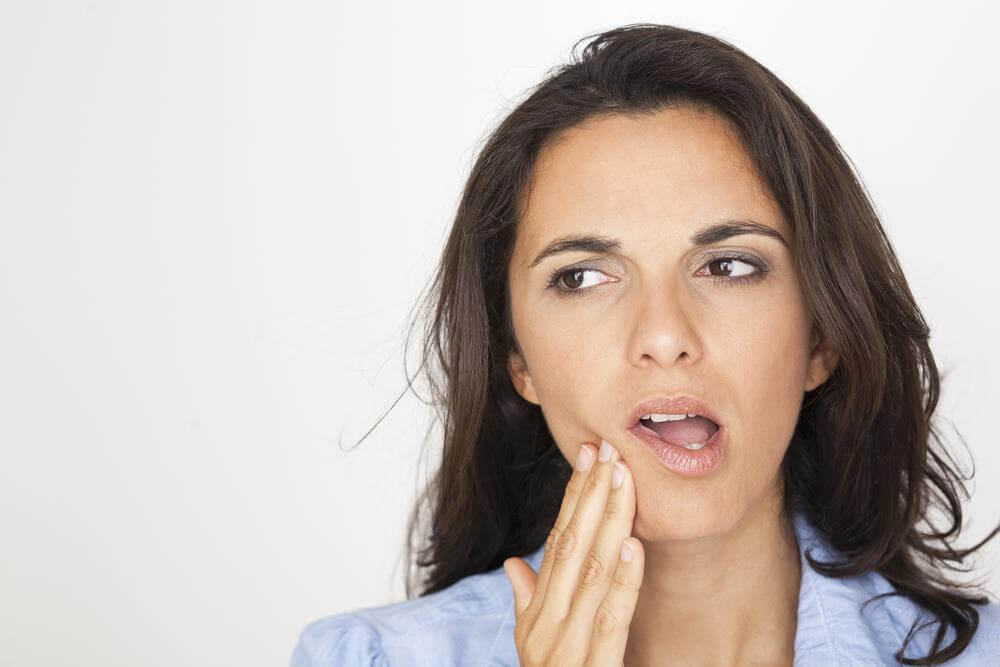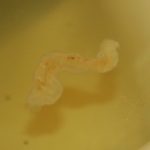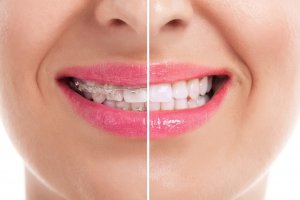Last and third molars at each side of both lower and upper jaws are known as wisdom teeth. In the human dentition, these are the final teeth to show-up. As they erupt at the mature age hence these are termed as wisdom tooth. The age of appearance of wisdom tooth is early twenties, however, you can expect wisdom teeth coming in late teens as well.
Contents
What is a wisdom tooth?
Signs & Symptoms:
Sometimes, wisdom teeth emerge out in a crooked way and can result in pain due to overcrowding. When teeth are new and are removed soon after their appearance, they are considered to have shorter and less developed roots; hence the removal of teeth at the teen age or in early twenties can result in lesser complications. It is recommended by American dental Association to get rid of wisdom teeth if they are causing discomfort or pain in teens or as soon as they appear and turn painful. Go to orthodontist for the evaluation of your teeth and find out if the only solution of your problem lies in the removal of such painful teeth.
Wisdom teeth coming are often impacted teeth:
When a teeth pushes its way through the gum into the mouth (the process is generally known as eruption of tooth) and gets blocked, it is said to be impacted tooth. Often wisdom tooth is seen impacted as their appearance might get suppressed by the overcrowding issues. Wisdom teeth as we discussed above make their initial appearance in late teens or early twenties, these are called third molars, when they begin to erupt, they might have to face overcrowding due to surrounding teeth, lesser room for wisdom tooth to make its appearance makes it impacted as a result, you might feel some pressure or a pain, sometimes the teeth are seen tilted inside the jaw. Wisdom tooth pain is a condition which is faced by majority of people.

Sometimes, impacted tooth is harmless and causes no pain. Most of the people are unaware of its presence. Due to overcrowding and lesser room, when the impacted tooth tries to make its way out of the gums, it might result in infected or swollen gums which often hurt so badly. In extreme cases, you can feel pain in entire side of the mouth up to ears and head. The infection caused by an impacted tooth is called pericoronities which if left untreated can spread to throat and neck; in this case, you may need an immediate surgery and get hospitalized.
Wisdom tooth pain
It happens when it gets impacted can also result in the production of cavities which are often painful. The impacted tooth can also exert pressure on the surrounding molar as a result of which dental decay or gum diseases are likely to occur. If the problem of impacted teeth stays and goes unchecked for a longer time, it can also result in the formation of out-growths called cysts in a jaw.
Symptoms
The signs and Symptoms of an impacted wisdom tooth include:
- Swollen gums and pain at the sides of the mouth (at the site of an impacted tooth).
- Bad breaths, difficulty in jaw opening, a bad mouth taste, pain while cutting, biting or chewing the food, occasional bleeding all are associated with an impacted wisdom tooth. The magnitude of pain however depends on how much pressure impacted tooth is exerting on gums. Pain if goes unnoticed sometimes disappear after few days as well, while it might return back few weeks or months later.
How is impacted wisdom tooth diagnosed?
When you visit your doctor, he will examine the part where you are feeling pain, if the situation is not certain apparently, the dentist might advise an x-ray to find out the exact location of wisdom tooth and the point where they are impacted. Following an x-ray, a dentist might advise you a minor surgery to remove the wisdom tooth. Once you get your wisdom tooth removed, the pain and associated symptoms will go away.
How can you prevent an impacted tooth?
There is no known way to prevent the issue, however, you can maintain dental hygiene by brushing and flossing the teeth, at least, by doing this, you will prevent dental caries.

Wisdom teeth pain relief:
There are some easy and DIY treatments for impacted wisdom tooth:
- Wash your mouth with saline and lukewarm water, it might help to ease irritation and soothe the gums.
- You can use some mild pain killers are helpful in Wisdom teeth pain relief.
- If the pain and discomfort persists, the dentist might advise the removal of wisdom tooth as the last option. The minor surgery takes almost five to thirty minutes. Once the surgery is done, you will be prescribed antibiotics to rule out the risk of infections.
- Your dentist might refer you to maxillofacial surgeon for the removal of wisdom tooth.
- The surgery might be done under some sedatives or anesthesia and doctor will tell you the possible side effects of anesthesia as well.
- Once the tooth is removed, you are advised to take soft and nutritious diet for couple of days. This is to ensure that no pressure is exerted at the area where surgery is done.
- After the surgery is done, you may feel slight swelling in jaws, with the follow up of doctor’s recommendation, you can get rid of associated complications.
When should I get medical supervision?
When you feel pain in either side of the jaw and pain seems to stay, making it way to neck, ears and head, this is a time where you need immediate help from the doctor. Extreme pain can be a sign of serious infection, delays are not recommended in this case. Your doctor will examine the tooth and jaw, the healthy state and the exact location of impacted tooth with the help of x-rays. Once the surgery is done, you will feel absolutely comfortable with no pain and pressure at the jaws.










